Pixel Thermometer app expands body temperature feature to Europe
Top 3 Key Points:
- Body Temperature Feature Coming to Europe: Google is expanding its Pixel Thermometer app’s body temperature support from the US to Europe.
- User-Friendly Process: The app integrates with Fitbit and offers a simple, guided process for measuring and saving body temperature.
- Current Availability: While the feature is expected in Europe, it’s not yet live on all devices.
Earlier this year, Google introduced a body temperature measurement feature to its Pixel Thermometer app in the United States. Now, this handy feature is set to expand into Europe. Once the update is available, users in Europe will notice a new “Body temperature” option on the Pixel Thermometer app’s home screen, right next to the existing “Object temperature” feature.
Setting up the body temperature feature is straightforward. Users can connect their Fitbit account to log and track their temperature readings. The app guides users through the process with voice assistance. It involves placing the phone close to your forehead for about four seconds and then moving it to either temple.
For those who want to speed up the process, there’s an option to disable the Temperature guide, which typically asks you to select an age range—either 3+ years, 3-36 months, or 0-3 months.
After taking a measurement, you can choose to save the result to a “Recent results” page, where it will be stored for seven days. You also have the option to save the data directly to your Fitbit account. The Fitbit app’s floating action button (FAB) even offers a direct shortcut back to the Pixel Thermometer.
The app’s interface remains the same as last year’s version and doesn’t display a live camera preview during self-measurements—a feature that was added for object temperature measurements on the Pixel 9 Pro series. This functionality isn’t available on the Pixel 8 Pro, which instead received updates like a 7-day history feature and “Routine measurements” for items like food, liquids, and cooking surfaces.
A recent update to Fitbit’s support documentation now mentions that this body temperature feature will be available in several European countries, including Austria, Belgium, France, Germany, Italy, Spain, and the United Kingdom, among others. The update also lists supported languages, such as Czech, Danish, French, German, Italian, and more.
This feature will be supported on the Pixel 8 Pro, Pixel 9 Pro, and Pixel 9 Pro XL. However, it’s important to note that as of now, the feature is not yet live on European devices. To use the feature when it does become available, you’ll need to have an active SIM or eSIM issued by a carrier based in one of the supported countries.
Google Meet gets a fresh new look with Material 3 design

Google Meet is getting a big update to its look, thanks to the new Material 3 design. This change brings a cleaner and more modern style to the video calling app, making it easier and more enjoyable to use.
With Material 3, Google Meet now has rounder buttons, softer colors, and better spacing between elements. The main controls, like the microphone, camera, and end call buttons, are now larger and easier to tap. The icons and text are also clearer, which helps users find what they need quickly during a call.
Another improvement is the new “expressive” color system. This feature lets the app’s colors match your device’s wallpaper or theme, giving each user a unique and personalized experience. The changes also make Google Meet more accessible, as the new design is easier to read and use for everyone, including people with vision difficulties.
These updates are rolling out to both web and mobile versions of Google Meet. Google says the new look will help people feel more comfortable and focused during their meetings. Overall, the Material 3 update makes Google Meet not only look better but also work better for all its users.
Android
Easy ways to change Android Auto’s look with light and dark themes
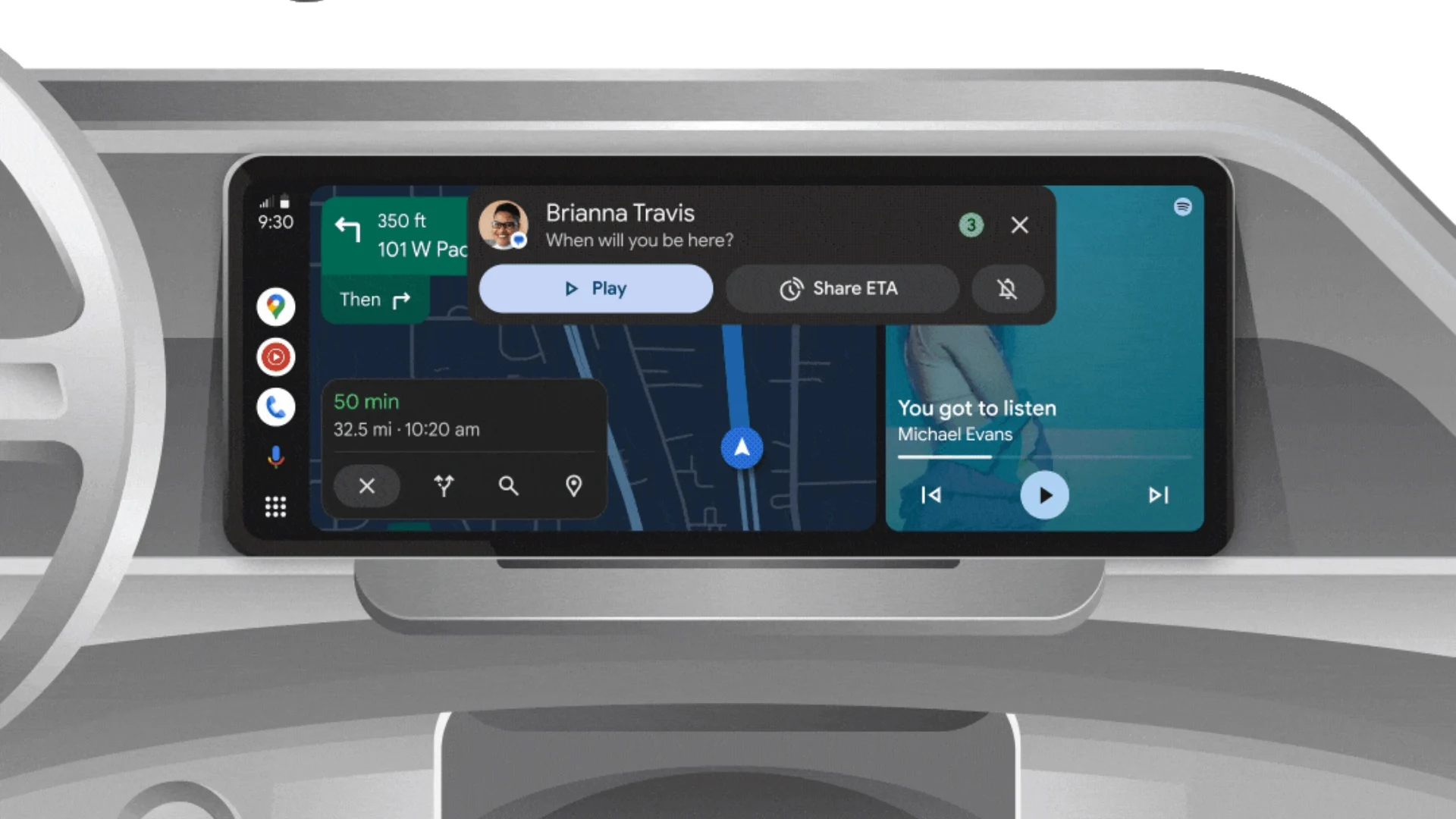
Android Auto is a helpful tool that lets you use your phone’s apps safely while driving. It connects your phone to your car’s screen, making it easier to use maps, music, and calls. One of the features many people like is the ability to change how Android Auto looks by switching between light and dark themes.
How to switch between light and dark themes
Android Auto offers two main themes: light and dark. The light theme uses brighter colors, which can make the screen easier to see during the day. The dark theme uses darker colors, which can be more comfortable for your eyes at night or in low light.
To change the theme, follow these steps:
- Open the Android Auto app on your phone.
- Go to the settings menu.
- Find the “Theme” option.
- Choose between “Light,” “Dark,” or “Set by car” (this lets your car decide the theme based on the time of day or your car’s settings).
Why themes matter
Using the right theme can make driving safer and more comfortable. The light theme is good for bright days, while the dark theme helps reduce glare at night. Having these options means you can pick what works best for you, making Android Auto easier to use in any condition.
In short, Android Auto’s theme options are simple to use and help you drive more safely by making the screen easy to see, no matter the time of day.
Google Drive and Files by Google get fresh updates for easier use

Google is rolling out some helpful updates to two of its popular apps: Google Drive and Files by Google. These changes are designed to make managing your files and watching videos much smoother.
First, Google Drive is getting a new video player. Now, when you upload a video to Drive and open it, you’ll notice a fresh look that matches Google’s latest design style. The controls, like play and pause, are easier to use and look cleaner. This update makes it simpler to watch videos directly in Drive without needing to download them first.
Meanwhile, the Files by Google app is also getting a makeover. The app is adopting Google’s Material 3 design, which means it looks brighter and more modern. The buttons and menus are easier to see and use, making it simpler to find, move, and organize your files. There are also new color options and improved icons, so everything feels more user-friendly.
Both updates show Google’s commitment to making its apps more helpful and enjoyable to use. Whether you’re watching videos in Drive or sorting files on your phone, these changes aim to save you time and make things less complicated. If you use these apps, keep an eye out for these new features—they should arrive soon!
-
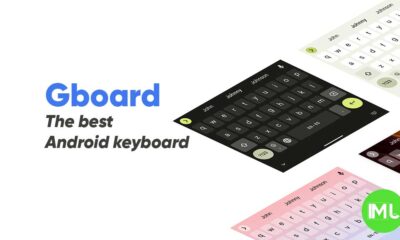
 Apps1 year ago
Apps1 year agoGboard Proofread feature will support selected text
-

 News1 year ago
News1 year agoSamsung USA crafting One UI 6.1.1
-

 Apps12 months ago
Apps12 months agoGoogle Contacts app testing new Besties Widget
-
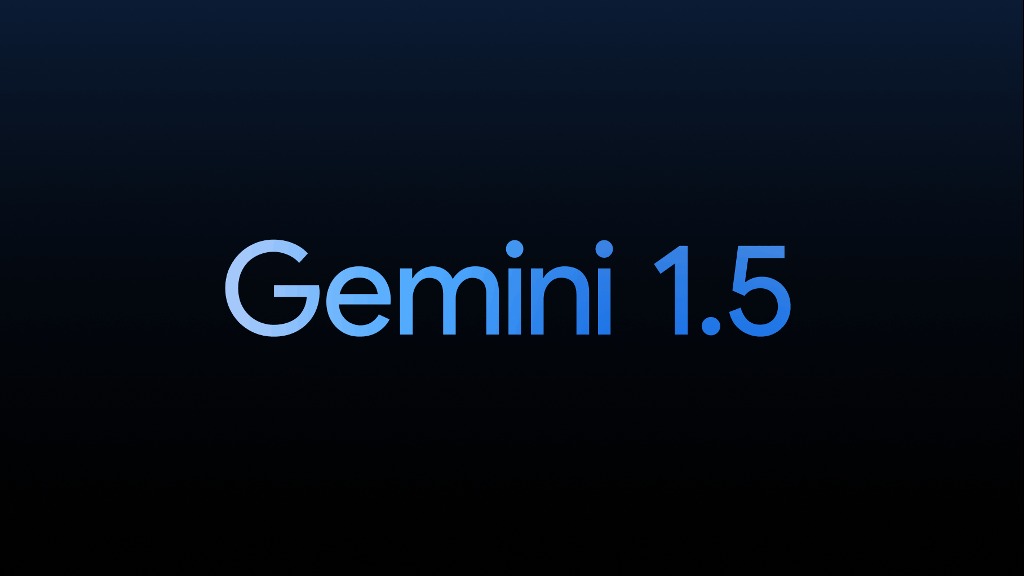
 AI12 months ago
AI12 months agoGoogle Pixel 9 Pro may come with a complimentary one-year Gemini Advanced subscription
-

 News1 year ago
News1 year agoBreaking: Samsung Galaxy S22 may get Galaxy AI features
-
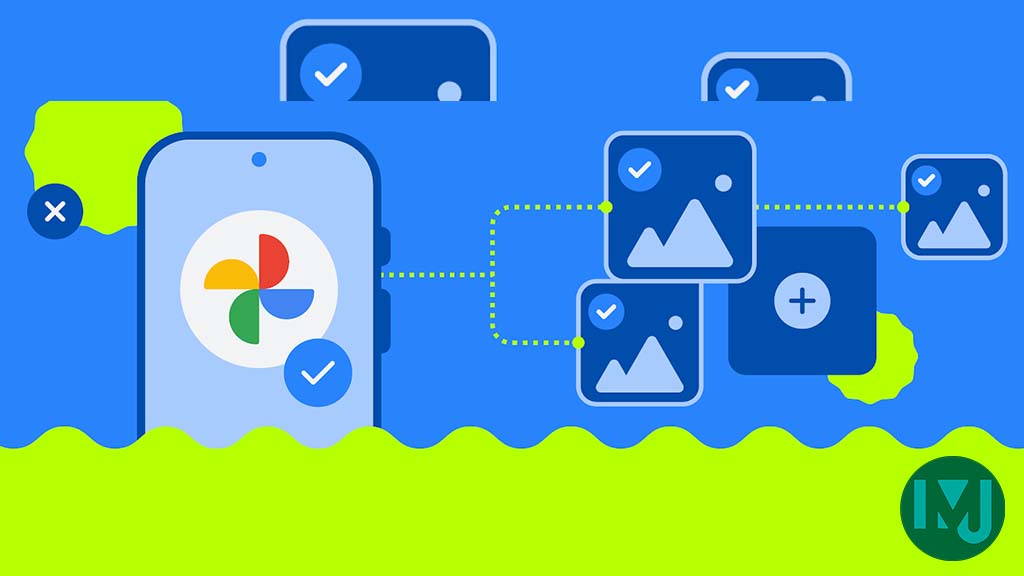
 Apps12 months ago
Apps12 months agoGoogle working on a new video editing feature for its Photo app
-
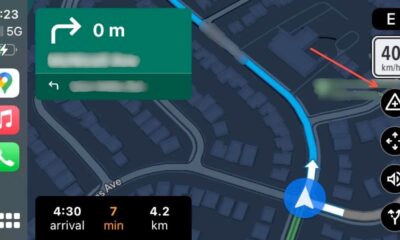
 Apps12 months ago
Apps12 months agoGoogle Maps lets you report traffic jams and accidents on Apple CarPlay, but not on Android Auto
-

 Apps12 months ago
Apps12 months agoGoogle Messages app will transform MMS chats into RCS










